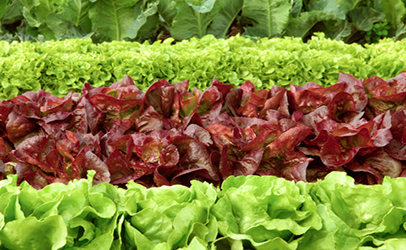 Safety Authority’s Panel on Biological Hazards has issued the first of five scientific opinions requested by the European Commission. The first one, published Thursday, addresses the public health risk posed by Salmonella and norovirus on leafy greens eaten raw as salads.
Safety Authority’s Panel on Biological Hazards has issued the first of five scientific opinions requested by the European Commission. The first one, published Thursday, addresses the public health risk posed by Salmonella and norovirus on leafy greens eaten raw as salads.The panel considered risk factors along the whole food chain, including agricultural production and processing. Members concluded that, while each farm environment is different, the primary objectives for producers should include good agricultural practices (GAP), good hygiene practices (GHP) and good manufacturing practices.
However, the panel also noted that “the current legal framework does not include microbiological criteria applicable at primary production which will validate and verify GAP and GHP. It is proposed to define a criterion at primary production of leafy greens which is designated as Hygiene Criterion, and E. coli was identified as suitable for this purpose.”
Panel members further stated that studies “on the prevalence and infectivity of norovirus are limited, and quantitative data on viral load are scarce, making establishment of microbiological criteria for norovirus on leafy greens difficult.”
Main risk factors cited were: environmental factors such as proximity to animal-rearing operations, heavy rainfall causing floods, contact with domestic or wild animal reservoirs, use of untreated or insufficiently treated manure or compost, use of contaminated agricultural water for irrigation or pesticide treatments, and harvest and post-harvest on-farm cross-contamination by food handlers and equipment.
“For both Salmonella and norovirus, processes at primary production which wet the edible portions of the crop represent the highest risk and these include spraying prior to harvest, direct application of fertilizers, pesticides and other agricultural chemicals and overhead irrigation. Subsurface or drip irrigation which results in no wetting of the edible portions of the plants are of lower risk,” the panel’s opinion stated.
Within the scope of the panel’s opinion were leafy greens eaten raw and minimally processed.
“Technologies currently available for use by the leafy greens industry fall short of being able to guarantee an absence of Salmonella or norovirus on leafy greens at primary production,” the panel stated.





